Can you laser cut polycarbonate & foam
The perfect laser cutter for large surfaces of wood, metal, acrylic, aluminmum, stone, textiles and much more. Fastest large format laser engraver, high, lowest maintenance and more flexibility with your applications.Because the laser process is non-contact, there is no tool wear or additional expenditure on consumables.

Polycarbonate laser cutting enjoys great popularity and offers several decisive advantages in addition to high precision and speed. you acquire a high-quality laser system with user-friendly operation and high productivity with a comparatively low investment risk.
1.High flexibility: The laser machines not only offer an extensive range in terms of material selection, but are also suitable for small and large runs as well as for the production of flexible cutting patterns and markings.
2.Burr-free cut edges: Thanks to the super pulsed laser tube of the Large laser cutter, whose high power leads to faster vaporisation of the material in the cutting gap, you get precise cutting edges without burrs when laser cutting
3.High cleanliness: As there is no dust or chip formation during laser cutting of polycarbonate, no residues remain on the tool or on the work surface and no time-consuming cleaning is required.
4.Exact precision: The laser machines enable precision marking of polycarbonate in a minimum of space and are ideally suited for a material thickness of 3mm. Automated processes allow material-optimised cutting and marking – without any retooling.
Polycarbonate can be used in many ways and is not only considered a particularly dimensionally stable and insensitive plastic variant, but also a popular substitute for glass due to its transparency and impact resistance. In order to be able to process the resilient material quickly and efficiently, the laser process is recommended. Polycarbonate laser cutting with iGoldenLaser laser machines offers numerous advantages.
HDPE (“MILK BOTTLE” PLASTIC)
HDPE or High Density Polyethylene is an extremely versatile thermoplastic polymer, used in almost everything from milk jugs and shampoo bottles to bleach bottles, cutting boards, and piping. However, since HDPE is made from petroleum, it is highly flammable, and can release toxic fumes as it is treated with high temperatures. Not only is it hazardous to try to laser-cut HDPE, it can also be a very frustrating experience—in layman’s terms, whatever you are trying to cut will all turn into a big, gooey mess! If you would like to create something with a similar weight and texture to HDPE, extruded acrylic is much safer to cut and has a smoother, neater finish.
PVC (POLYVINYL CHLORIDE)
Most people are familiar with PVC due to the proliferation of PVC piping commonly used in plumbing. “PVC” stands for Polyvinyl Chloride, and it’s the “Chloride” part that causes issues. When PVC is cut with a laser, it will release chlorine gas, which is harmful to both humans and machinery. For humans, chlorine gas exposure will cause coughing, shortness of breath, and possibly even lung damage. And even if operators are wearing protective breathing equipment, the gas can ruin the optics and motion-control system of the laser cutter, and corrode any metal components as well. If you find yourself needing to cut PVC, you’re better off using a regular old electric saw.
POLYCARBONATE (“PLEXIGLASS”)
Both Plexiglass and Lexan are brand names for polycarbonate, an extremely durable material that is used in everything from football helmets, to car windshields, to bullet-resistant bank teller windows. As you might guess, that’s because it’s extremely impact-resistant! Studies have found that polycarbonate is 250 times more impact-resistant than glass, and is also capable of withstanding extreme heat, acids, and chemicals such as gasoline.
Polycarbonate is so durable that it’s even used in the safety window of laser cutting machines! That’s because it is able to rapidly absorb infrared radiation, the light frequency that laser cutters use to cut materials. If you try to cut it with a laser cutter, you will likely only succeed in turning the edges black. Once again, a real metal saw is the best tool for this particular job.
The best way to determine which laser cutter is right for you in Maryland, Virginia, North Carolina, South Carolina, Georgia, and Alabama, is to talk to a laser cutting specialist at SSI Packaging. Our laser specialists can evaluate the best and most affordable laser solution for your application, whether it’s cutting, marking, or coding. To place an order, check out our online store here, or just give us a call!
ABS PLASTIC (LEGOS PLASTIC)
We have all (well, most of us) felt the pain of stepping on a Lego—to the extent that “I hope you step on a Lego” has become a modern curse. Lego owes its infamous durability to the chemical makeup of its base material, ABS, or Acrylonitrile Butadiene Styrene. ABS is another incredibly durable, impact-resistant thermoplastic, which is why it’s typically used in things which we don’t want to break, like computer parts, medical supplies, car parts, and protective headgear.
ABS is also very easy to melt, making it a popular material for DIY plastic molding and 3D printing. However, for all its useful properties, ABS doesn’t perform well under a laser cutter.
The plastic tends to melt, rather than vaporize, leaving melty, gooey deposits on the cutting grid rather than a nice clean cut. To top it off, ABS is also highly flammable, and when it ignites, it releases hydrogen cyanide, a cancer-causing agent found in cigarettes. While there is still some debate about the dangers of running ABS material though a laser cutter, we say that, for now, it’s best to err on the side of caution.

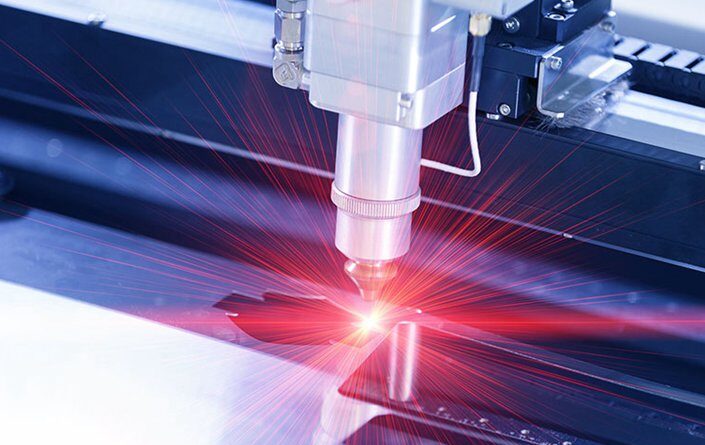

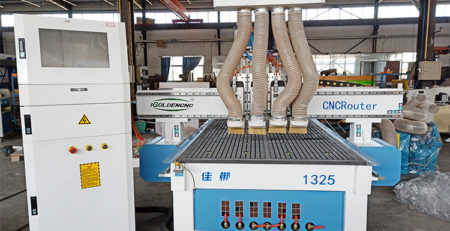
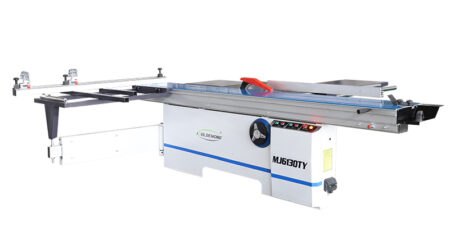
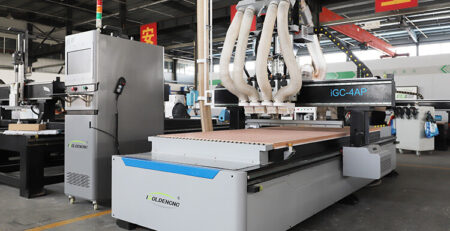
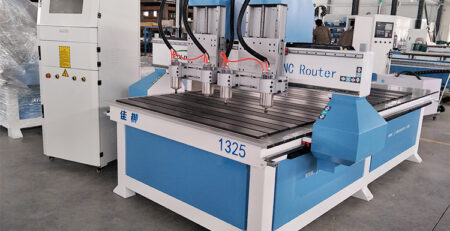
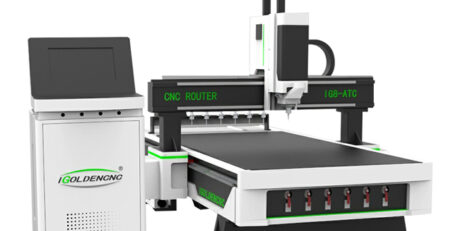
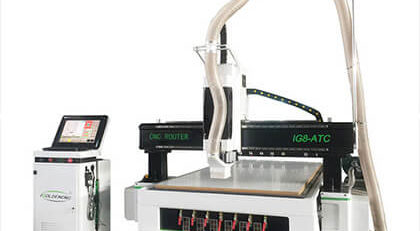
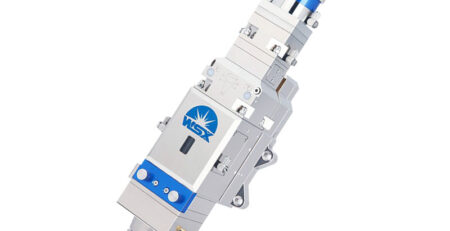
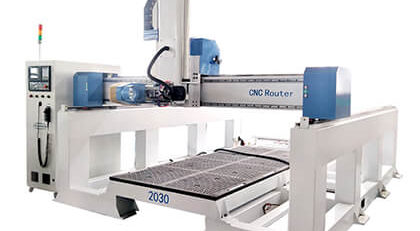
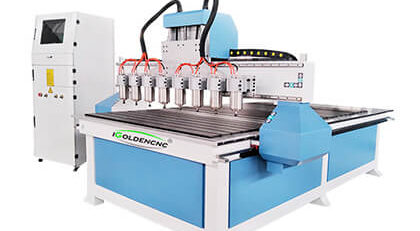
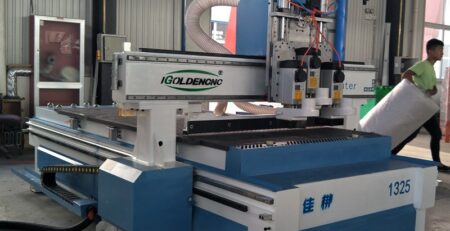





Leave a Reply
You must be logged in to post a comment.